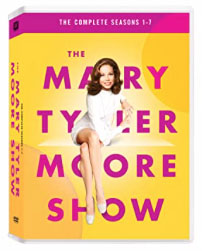
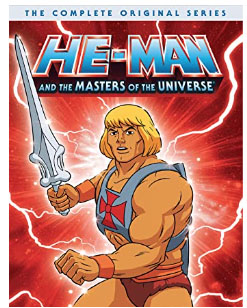
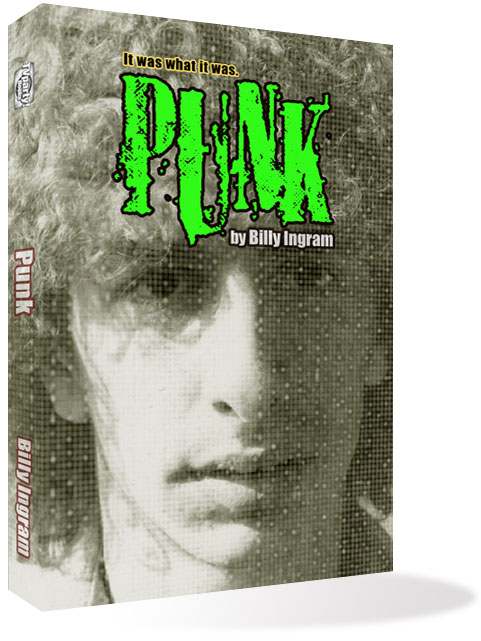
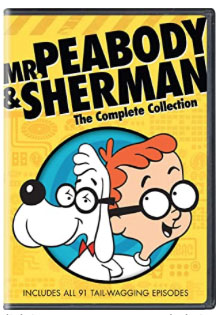
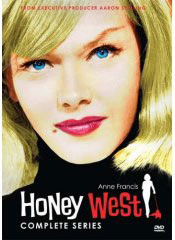

 |
 |
 |
 |
 |
 |
|
|
'TVparty
is hands down the best site on the Web for classic TV.'
|
One of the many major seismic changes that the TV industry has gone through in the past 25 to 30 years is the death of fictional programming in first-run syndication. Syndication, of course, is still a big industry—but it is limited now to daily game shows, courtroom shows, infotainment news magazines and talk shows. The days of original episodic series like “Baywatch” or any of the “Star Trek” incarnations or a sitcom like “Small Wonder” are (for now at least) long gone. No doubt the plethorization of cable channels and various streaming platforms have foretold their demise. While some fictional first-run programs lingered well into the 1990s and even the 2000s (like the aforementioned “Baywatch” and “ST: Enterprise”), the 1980s seemed to have been first-run’s last great heyday. That decade saw the successful (if not epic) runs of such shows as “Charles in Charge,” “Mama’s Family” and “Superboy” as well as various horror-themed anthologies. One interesting ‘80s syndicated series of interest—as it was not comedy, nor science fiction, nor even American in origin--was the hour-long cops-and-robbers procedural (back before we even seemed to have that term) “Dempsey and Makepeace.” “D&M” was gritty, hard-hitting and very British. The series was a product of London Weekend Television (LWT) for Britain’s ITV. It first premiered on the UK airwaves in January 1985 where it soon became a mega-hit regularly besting such highly-successful US imports as “Dallas” in the weekly English ratings. The premise of the series was simple enough. It told the story a New York City cop, James Dempsey, who, having turned whistleblower some on his own Big Apple brethren, was shipped over the Atlantic for his own protection, to work with London’s PD. Once in England, he got assigned to the undercover unit of Scotland Yard and assigned (much to his consternation…and especially hers) with a female partner, one Lady Harriet Makepeace. Obviously, culture clashes ensured. Not only did the gruff and tumble Dempsey not like working with a woman, he bristled at about every norm of British police practice, especially their famous aversion to carrying guns. Meanwhile, his new partner, “Harry,” with her upper-crust breeding and far more reserved manner, had little use for this “ugly American.” In retrospect, the series’s set-up was tailor made for the times. Odd-ball detective parings were all the rage on TV in the 1980s on both sides of the Atlantic—consider everything from “Simon & Simon” to “Hardcastle and MacCormick” to “Moonlighting.”
Brandon, who had already enjoyed a busy career in film, TV and on the stage, on both continents, had, in his words in a 1985 interview, slipped into a “comfortable rut” and, though the self-described “grease-ball hoodlum from Brooklyn” was not right for this incarnation of the script, he pushed his agent to send him up for it…and for the UK producers to change their overall concept. They did. Not long after, Brandon put his LA home up for sale and was bringing his good guy goomba characterization to the British Isles. Cast opposite Brandon, in the role of lady-like Harriett Makepeace was the South African born Glynis Barber who British audiences had first discovered on the cult sci-fi hit “Blake’s 7” and on the British TV comedy “Jane.” She would be the English Rose to Brandon’s thorny yank, the cultured pearl to his bad boy, the cup of tea to his strong black coffee, or any number of other language-twisty metaphors the press could come up with. Much—if not almost all--of the series was built around the oil and water chemistry of its two leads. Among the many things they disagreed on was English vs. America methods of police work. Dempsey hated what he saw as the Brits’s less-pragmatic approach to law and order and he also refused to surrender his gun. Makepeace, meanwhile, viewed Dempsey, his means and methods, as downright barbaric. Though, it should be said, Makepeace was not above carrying or firing a weapon herself, from time to time. Still, more often than not, Makepeace preferred hand-to-hand combat and, repeatedly, throughout the series, her kicks and jabs took down a long list of unruly, law-breaking male roughnecks. She also, with a truly feminist zeal, frequently saves the life of her macho American partner.
Along with all the bullets and the fists, the other things that flew fast and furious within the series were the insults and double-entendres. Unlike “Moonlighting,” where the insults were built on wit and repartee, “D&M”’s lead characters really did seem to dislike each other—at least in the beginning--and their putdowns showed it.
Nevertheless, in that great cop show tradition, when the chips were down, this team, deep down, trusted each other and had each other’s backs. They often had to. During the course of their series, D&M tussled with an array of British mobsters, terrorists, drug dealers and a high number of your garden variety lowlifes. After becoming a great success in England and other parts of Europe after its debut in ‘85, the American syndicator Tribune Entertainment decided to import the “Dempsey & Makepeace” to the US, in first-run syndication. “D&M” had enough going for it—car chases, great stunts and an American lead (something that worked well for such other British TV imports as Brian Clemens’ “Thriller” series and “Space: 1999”)--that success in the US seemed likely. Unfortunately, when the series arrived on these shores, it came with a rather misleading ad campaign that tried to pitch the program as an update of “The Avengers.” But while “D&M” was English-set and had male/female co-leads, it had little else in common with the famous Diana Rigg-Patrick Macnee series of the 1960s. Yes, while both were often heavy with innuendo and action, “D&M” was steeped in realism, while the “Avengers” always had a knowing wink towards camp. Did this misstep prevent the series from taking off in America as it did overseas? It’s quite hard to say. Though the series’ s action was aplenty and deftly handled (from terra firma fistfights to even, in one episode, a man-on-man throw-down done while skydiving), an hour-long syndicated drama, minus the bare bodies of “Baywatch” and with “funny” foreign accents, might have been a tough sell stateside; sometimes Americans prefer their Brits confined to PBS. “Dempsey & Makepeace” aired only one season in America, a total of 20 episodes. Regardless though, US fans saw the majority of the series. British TV seasons are far shorter than US seasons. So, though “D&M” aired three seasons in the UK, the full series consists of only 30 episodes. Of those 30 (which included a 90 minute pilot, interestingly filmed only after other episodes were already completed), 20 ended up being aired in the US. (Many episodes, aired and unaired in the USA, are now available on Youtube.) If the series was not enduring on the US airwaves, then the relationship between its two leads certainly was. Though they were often at each other’s throats on the show, off the show, Michael Brandon and Glynis Barber truly hit it off. They married, in real life, in 1989 and are still together. They share a grown son. Their series, meanwhile, today, almost 35 years after its original airing, holds up quite well. It has proved enduring within the cops-and-robbers genre of TV, but is enhanced by its own unique (literal and figurative) accents. THE EIGHTIES - EARLY EIGHTIES NETWORK PROMOS / TV 1986 / WOODY HARRELSON AS WOODY ON CHEERS / FALCON'S GOLD: CABLE TV'S FIRST MOVIE / BILL & TED'S EXCELLENT ADVENTURES SITCOM / CREATORS & CAST OF IT'S A LIVING THAT HAVE PASSED AWAY / MOST UNEXPECTED MOMENT IN TV HISTORY / NORMAN LLOYD TRIBUTE / ORSON WELLES INTERVIEWS ANDY KAUFMAN / EARLY MTV STARS MISSING PERSONS / FALCON CREST / PEE-WEE HERMAN / THE TWO OF US / MURDER SHE WROTE / 1981 CHARLES GRODIN INTERVIEW / THERE ARE FUNNY EPISODES OF MAMA'S FAMILY - HONEST! / HANGING WITH SEAN PENN 1986 / 1985 GEORGE CLOONEY INTERVIEW! / IT'S A LIVING / EDDIE MURPHY AS JAMES BOND? IT ALMOST HAPPENED! / AUNT BEE'S DYING WORDS TO ANDY GRIFFITH / THE GOLDEN PALACE / MARRIED WITH CHILDREN'S ED O'NEILL & AMANDA BEARSE'S LONGTIME FEUD / PAUL McCARTNEY vs MICHAEL JACKSON / HOW NBC GOT ITS GROOVE BACK / 1980's WCW WRESTLING / ALAN ALDA DISCUSSES THE M*A*S*H FINALE / I WAS ALMOST CUJO IN THE STEPHEN KING MOVIE / 1986-87 TV SEASON / 1988-89 TV SEASON / 1990-91 TV SEASON / 1991-92 TV SEASON / WHY SHELLEY LONG LEFT CHEERS? / JASON ALEXANDER BEFORE SEINFELD / PEOPLE vs JEAN HARRIS / TROUBLED 1980-81 TV SEASON / "KISS MY GRITS" FLO HAD HER OWN SHOW? / CULLY HOLLAND / ONE SEASON WONDERS... THAT GOT RENEWED! / DWIGHT SCHULTZ ON WORKING WITH GEORGE PEPPARD / DEMPSEY & MAKEPEACE / THE BAXTERS / G.L.O.W. / FRIDAYS / GREATEST AMERICAN HERO / Great 1983 Carson Tonight Show / EARLY '80s TV COMMERCIALS / LOST MOVIE POSTERS /RICH HALL /FILTHY RICH/1980's TV WRESTLING STARS / TV DADS / FOX'S JOAN RIVERS / CHEVY CHASE DEBACLES |
DEMPSEY AND MAKEPEACE
|
| Everything is here at a discount! |
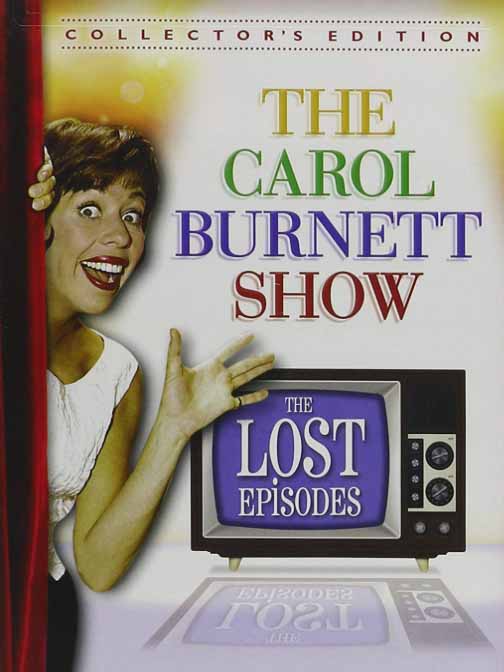 |
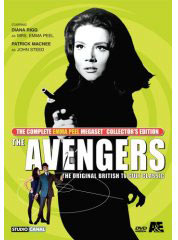 |
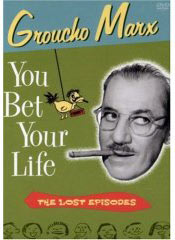 |
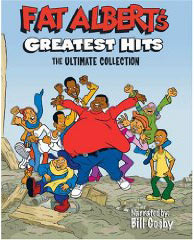 |
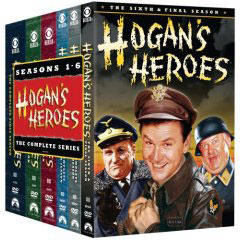 |
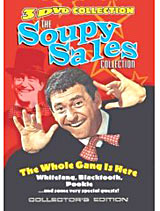 |
|
| TV
Shows on DVD/ /
/ / / / / TV Show Reviews /
/ / / / / / Cartoons
on DVD/ / / / /
/ / Holiday
Specials on DVD
/ / / / / / Classic
Commercials |
|||||||